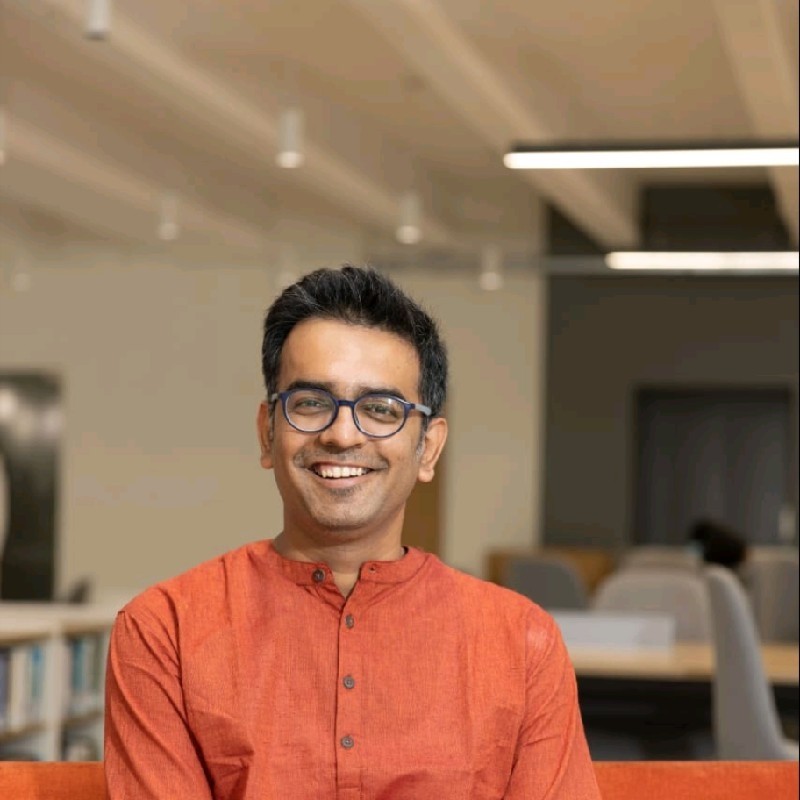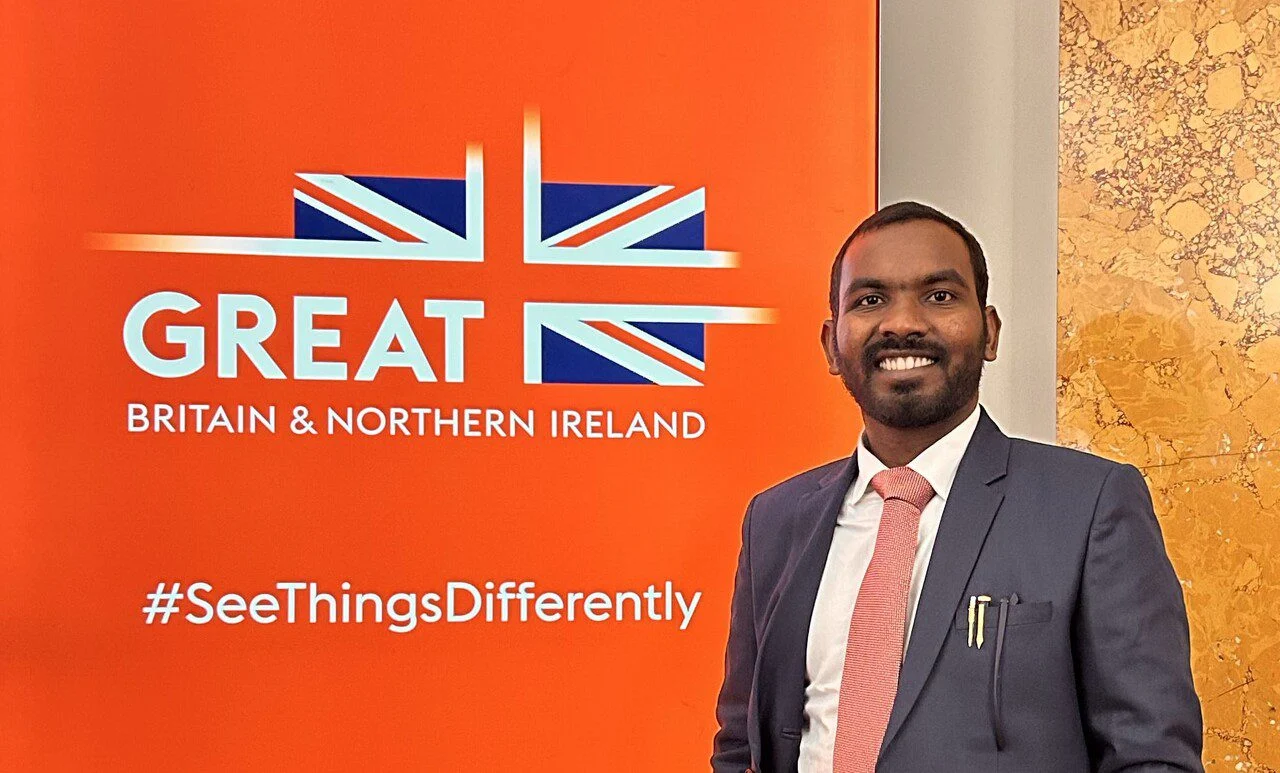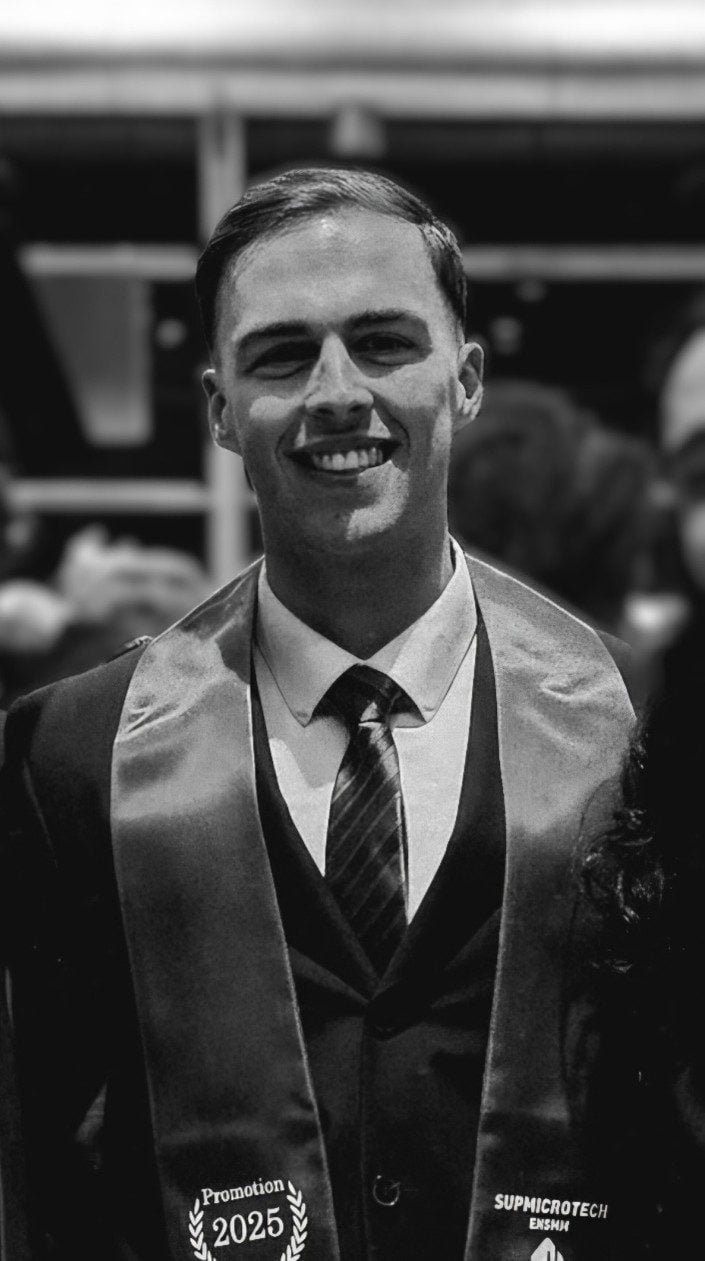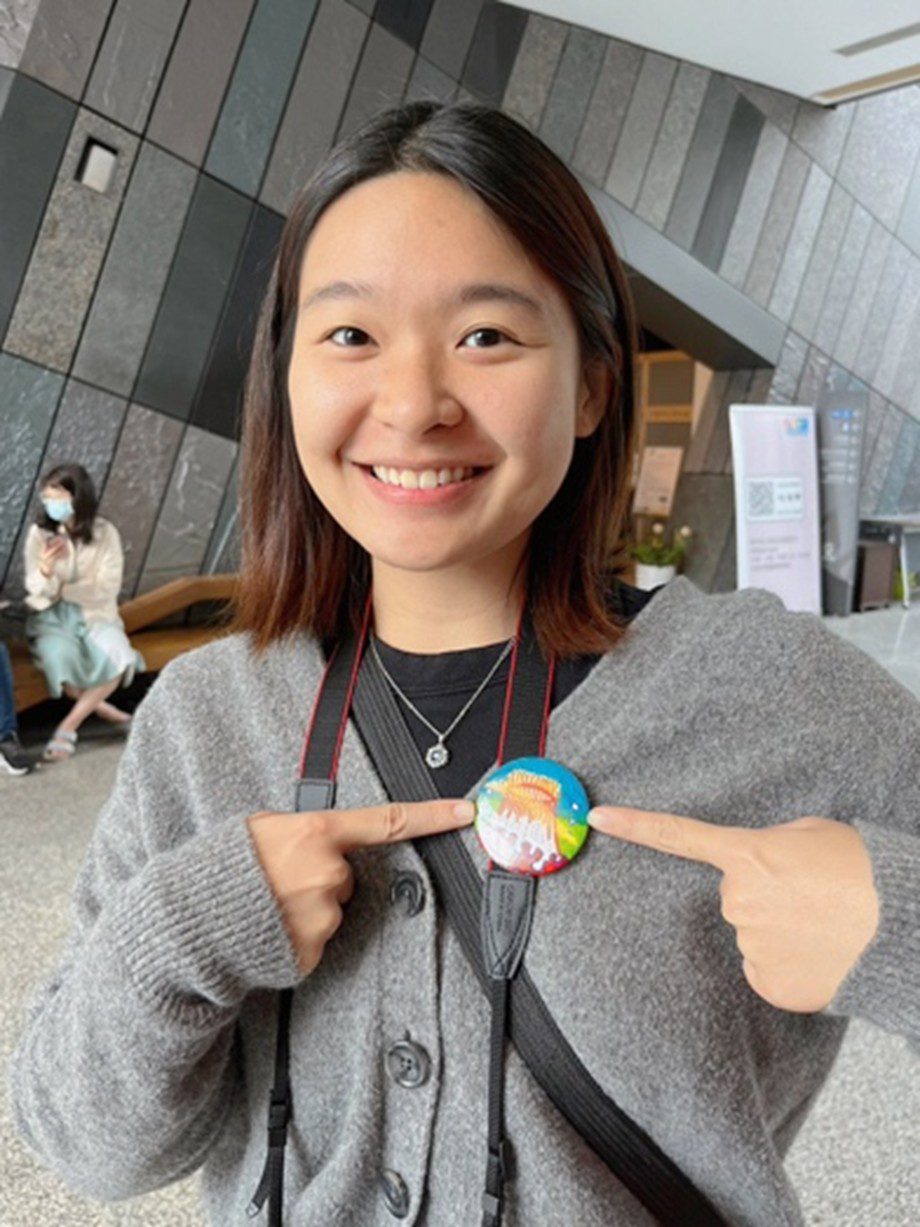Fulbright–Nehru Master’s Fellow, Sanchet Sharma from India, Pursued Higher Education Administration at the University of Michigan
University: University of Michigan, Ann Arbor
Degree: Master’s in Higher Education Administration
Previous Education: Occupational Therapy – T.N. Medical College & Nair Hospital, Mumbai; Young India Fellowship – Ashoka University (in collaboration with University of Pennsylvania)
Scholarship: Fulbright–Nehru Master’s Fellowship – Fully Funded (Tuition, Living, Travel, Health Insurance)
Social Media
LinkedIn: linkedin.com/in/sincereseeker/

The Journey
My name is Sanchet Sharma, and my journey through education has been shaped almost entirely by scholarships. From the JRD Tata Scholarship that supported my medical studies in Occupational Therapy at T.N. Medical College and Nair Hospital, Mumbai, to being part of the founding batch of the Young India Fellowship (2011–12) at Ashoka University (run in collaboration with the University of Pennsylvania), to receiving the Fulbright–Nehru Master’s Fellowship for Higher Education Administration at the University of Michigan - each of these opportunities has not just funded my studies, but has also affirmed my purpose of working in the field of education and policy.
The Fulbright Scholarship experience was particularly transformative. It gave me the chance to pursue a Master’s in Higher Education Administration at the University of Michigan, Ann Arbor, and I was the second Indian citizen to get a Fulbright Fellowship in the Higher Education discipline. It opened avenues that I had never imagined. At the University of Michigan, I worked at the Ross School of Business and the College of Engineering’s Multidisciplinary Design Program, advising BBA, Master’s, and PhD students. I experienced firsthand how global universities support their students, and it deepened my commitment to strengthening higher education institutions back in India. I also volunteered with the Office of Services for Students with Disability and the University Musical Society at the University of Michigan.
The Fulbright application process itself was a journey of introspection. I prepared by writing honestly about my story - how my medical background shaped my sensitivity to inclusion, how my fellowship experiences gave me perspective, and how I hoped to use global exposure to contribute to Indian higher education. I sought feedback from mentors, refined my statement, and focused less on trying to sound impressive and more on telling my story with clarity and authenticity.
How Did You Prepare to Apply to the University of Michigan?
I carefully researched programs that aligned with my interest in higher education systems and student affairs. I shortlisted universities with strong programs in education policy and administration.
How Did You Find Information About Scholarships and the University of Michigan?
Through the United States-India Educational Foundation (USIEF) for Fulbright, and through institutional websites for other opportunities. The Ashoka University Alumni networks and professional mentors were also very helpful.
Did You Take Any Standardized Tests?
Yes, I took the TOEFL and GRE. I prepared by self-studying using ETS resources and practice tests.
How Did You Prepare to Apply to the Fulbright Scholarship?
For Fulbright, I focused on writing a clear statement of purpose rooted in my personal journey - from Occupational Therapy to higher education. I highlighted my role in building the founding projects at Ashoka University, my leadership in disability inclusion efforts, and my aspirations to contribute to Indian higher education. I also sought feedback from mentors.
How Was Your Experience at the University of Michigan?
My experience at the University of Michigan was both rigorous and rewarding. The MA in Higher Education Administration at the Marsal Family School of Education’s Center for the Study of Higher and Postsecondary Education (CSHPE) is an 18-month intensive program. Its unique strength lies in combining theory with practice, as the program integrates an in-built internship within the University campus. This allowed me to engage deeply with student affairs and academic administration while learning from globally renowned faculty and peers.
How Do You Rate the University of Michigan Academically and Why?
Academically, I would rate the University of Michigan very highly. The Marsal Family School of Education, home to CSHPE, is consistently ranked among the top institutions globally - #2 by U.S. News & World Report (2025) in “Best Education Schools” and #2 (tie) for Higher Education Administration specialty. The program’s rigor, breadth of curriculum, and opportunities for applied learning make it exceptional for anyone aspiring to a career in higher education leadership.
How Does the University of Michigan Support International Students?
The University offers robust support for international students through its International Center, which provides guidance on visas, work authorizations, and cultural adjustment. In addition, there are numerous student-run organizations that create a sense of belonging and provide community support for international students across disciplines.
What Do You Think Made Your Application Stand Out?
Looking back, I believe what made my application stand out was not just my academic record, but the unusual and unique journey of starting as an Occupational Therapist and gradually moving into institution building and student mentoring. At Ashoka University, India’s first private liberal arts university, I was part of the founding projects team, recruiting the first three undergraduate batches and leading inclusion initiatives such as campus access audits and support for students with disabilities.
After returning from the University of Michigan as a Fulbright Scholar, I assisted the Prime Minister’s Office and Ministry of Railways in setting up India’s first Rail and Transportation University. I then went on to strengthen programs at Azim Premji University, IIT Madras, and the National Law School of India University.
What Would You Have Done Differently if You Were Going Through the Process Again?
If I were to do something differently, I would have sought structured mentorship for interview preparation earlier and connected with past scholars sooner. Their insights and reassurance would have helped me feel more confident during the process.
What Advice Would You Give Those Looking to Apply for a Similar Scholarship?
To anyone aspiring for scholarships, I would say: be genuine. Scholarships like Fulbright are not just about academic brilliance; they are about purpose, clarity, and the impact you can create. Tell your story in your own voice, connect your past with your future, and don’t be afraid to show vulnerability alongside your strengths. And above all, remember that these opportunities are not an end in themselves; they are stepping stones to give back.
For me, each scholarship has been just that: a stepping stone. The JRD Tata award, the Young India Fellowship, and the Fulbright Fellowship were all milestones that shaped who I am today. They allowed me to study, to grow, and to serve. They gave me the privilege of dreaming bigger for myself and for my country’s education system. And for that, I remain deeply grateful.
Want to submit your
scholarship journey?
Submit Your Story Here!
More Scholarship Recipients

I am Vaibhav Sonone, a first-generation learner from a marginalised rural community in Maharashtra, India. Growing up, I wit .... Read more

My name is Théliau Rage, and I am from France. During the final year of my engineering degree at SUPMICROTECH-ENSMM in Besa .... Read more

My name is Joey Tang Pei Wen, and I was born and raised in Malaysia. I completed most of my early education locally, includi .... Read more

Leave A Comment